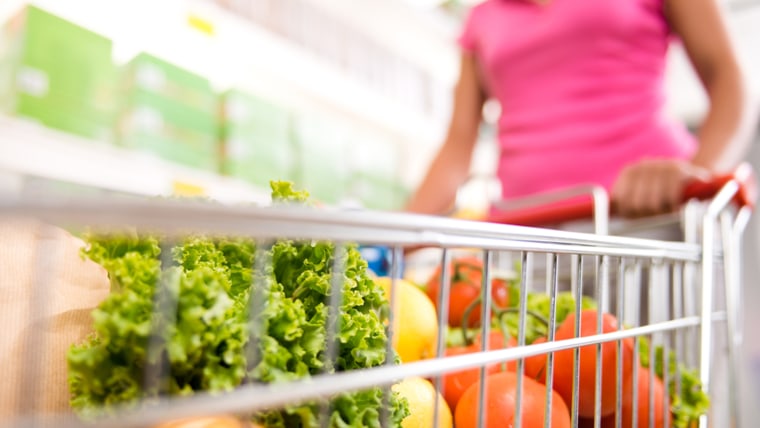While Americans have gotten used to price increases on daily necessities over the years, one category in particular has surged recently: your groceries. Basic foods like eggs, meat and bread have all increased by at least 40 percent over the past decade, according to the Consumer Price Index (CPI), even though inflation hasn't been rising as steadily.
Food prices nationwide have increased 31.5 percent from 2005 through 2015, with some items in particular making a huge jump. Eggs, a daily staple for many, came in at No. 1 after more than doubling in cost. Margarine came in third and uncooked ground beef increased by 56.2 percent over the same period. And those are just a few of the many foods 24/7 Wall St. found after reviewing consumer price indices over that 10-year period for more than 300 goods from the Bureau of Labor Statistics (BLS).
RELATED: How to buy food in bulk and save money at the grocery store

So why are you feeling the pinch at the supermarket?
"There's always going to be spikes and valleys," Brian Todd, president and CEO of the Food Institute, told TODAY. "The top things that affect food prices are out of human control like severe weather changes, disease among animals and consumer demand for certain products based on what's trending."
TODAY: Which grocery app is right for you? We put them to the test
An avian flu outbreak in August 2015 contributed to a 110 percent price increase after farmers had to kill millions of egg-laying chickens. A similar epidemic affected the pork industry in 2013 and 2014, when millions of pigs came down with a virus. This led to the prices of bacon and sausage increasing by 34.5 percent, and hot dog prices rising by 43.5 percent.
In terms of ecological factors, severe drought throughout the U.S. in 2012 made beef prices soar because corn, used to feed the livestock, was limited and cattle farmers had to bring a larger share of their herd to market to avoid higher feeding costs.
Oranges (No. 8) and apples (No. 10) also faced climate changes. A 2013 frost in Southern California and a citrus disease in Florida decreased the supply of oranges, causing their prices to increase by 43.4 percent. Meanwhile, changes in snowpack and river patterns in Washington state, where nearly 60 percent of domestic apples are grown, have led to a 41.8 percent price jump.
RELATED: 7 ways to save money on your cup of coffee
Good old-fashioned demand has also contributed to the rising costs. Americans have increased their consumption of butter, and international demand for the product and margarine has also been growing. Even pet food has been affected. As the trend toward feeding household animals healthier foods rises, so, too, does the demand — pushing prices up by 37.7 percent.
Here are the top 20 groceries driving up your bill the most:
- Eggs
- Tobacco and smoking products
- Margarine
- Uncooked ground beef
- Shelf stable fish and seafood
- Rice, pasta, cornmeal
- Frankfurters
- Oranges, including tangerines
- Bread
- Apples
- Prescription drugs
- Canned vegetables
- Pet food
- Roasted coffee
- Potatoes
- Bakery products
- Propane, kerosene and firewood
- Flour and prepared flour mixes
- Bacon and related products
- Fresh, whole chicken